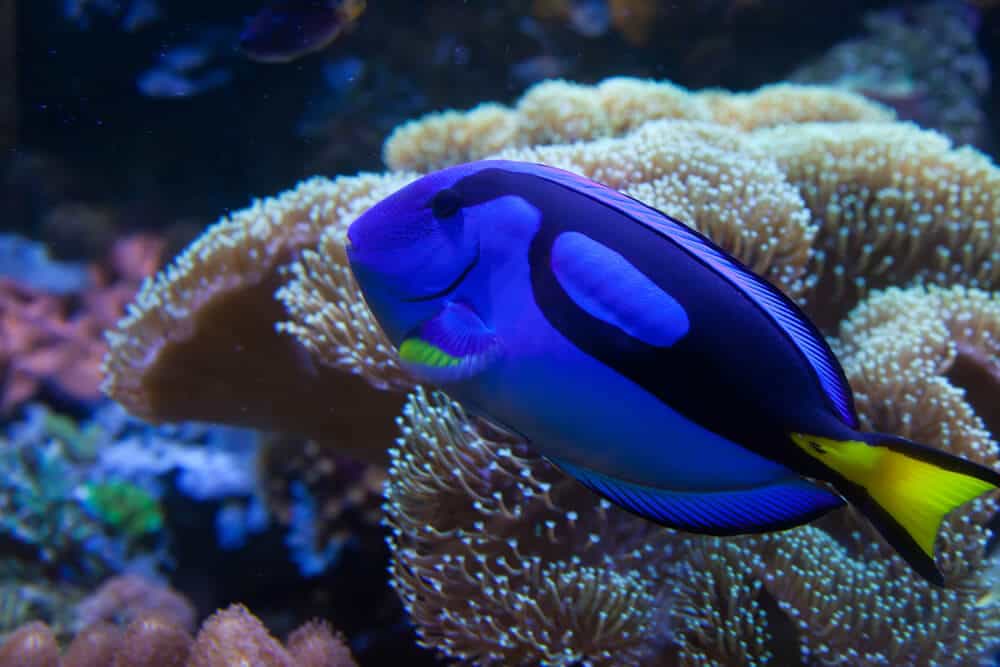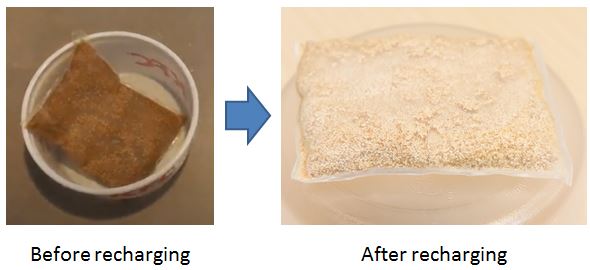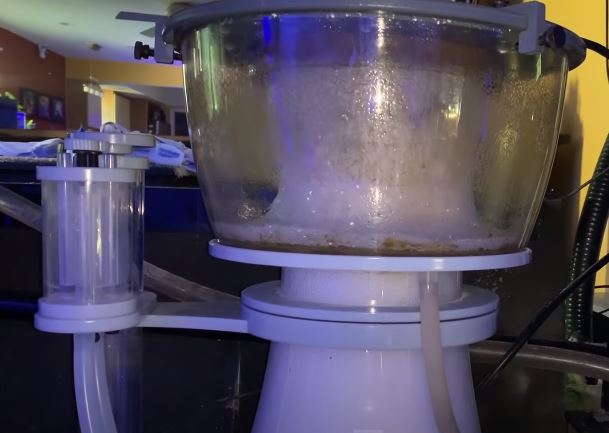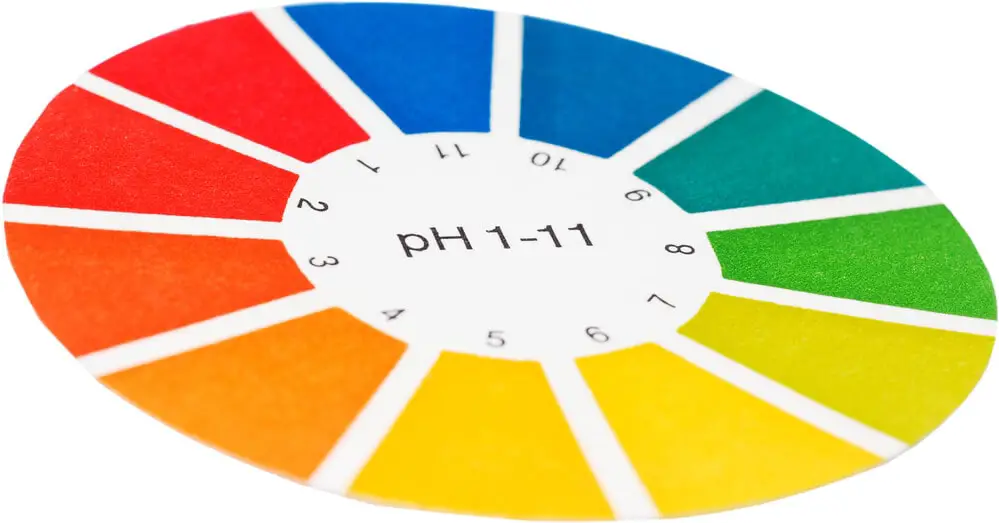
Well, you’ve probably heard of the pH of aquarium/fish tank water.
It’s an important factor to the quality of the water in your aquarium. Do you understand it?
Aquarium water pH is one of the key factors to keep your pet fish happy and alive.
It’s important to monitor it and keep a balance. The pH level is different for freshwater and saltwater tanks. It can also be different for the kinds of fish you have especially freshwater.
This article will give you the full guide to the aquarium pH.
Let’s get started!
Contents
- 1. What is the water pH?
- 2. The importance of pH
- 3. What is the ideal pH value for your pet fish?
- 4. How to check the pH
- 5. How often do you need to check the pH?
- 6. What if the pH is not compatible with your pet fish?
- 7. What are the signs of pH distress in fish?
- 8. What factors can affect pH value?
- Conclusion
1. What is the water pH?
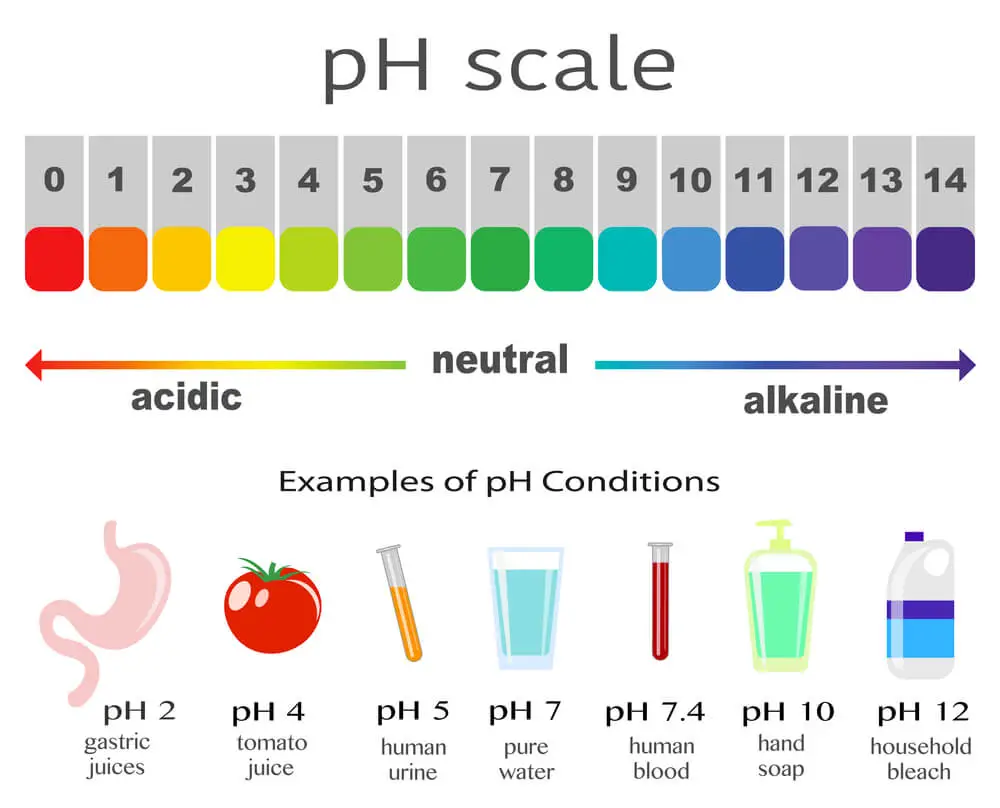
Aquarium water pH is the level of acidity or alkalinity in your tank. pH means the “potential for hydrogen”.
It is measured by a scale from 1 to 14. Numbers below 7 means more acidity. Numbers above 7 mean more alkaline. The number 7 is neutral where there is no acidity or alkaline.
For example, if your pet fish thrive in a pH of 7 but your aquarium measures 8, your water is 10 times more alkaline then it should be. If the pH is 9, then your fish are living in water that is 100 times more alkaline then it should be.
Therefore, a small change in pH can be stressful and potentially fatal to your fish.
It is key to match your fish in your tank with the same range of pH. You also need to monitor the level of pH closely to ensure there are no major changes
2. The importance of pH
Remember, changes in the pH can be hurt your fish – make them sick – or could kill them.
Balancing your tank to the fish who live there is key to their health and safety.
- Check the water you have before you decide on the fish you are going to get. Remember to let it stand for a minimum of 24 hours. Then test the water. That gives a true picture of the pH.
- This is also important if you are moving your fish. The new tank must have the same pH.
- If you are introducing new fish into your tank, make sure you check the pH in the water they arrive in.
Changes can affect how toxic your tank is. It can change the ammonia, nitrate, and kH (carbonate hardness of the water).
3. What is the ideal pH value for your pet fish?
The normal pH will depend on what kind of fish you have.
For example, goldfish have a normal pH of 7.0 to 7.5. Angelfish have a pH of 6.5 to 7.0. This doesn’t look that different but it is.
It is important to consider this when you are choosing the kind of fish you are getting.
Here is a list of some of the more popular fish and their pH levels.
- Rams 5.0-6.5
- Neon Tetra 5.8 – 6.2
- Glowlight Tetras, Head-and-Tail-light Tetras, Rummynose Tetras, Serpae Tetras, Black Neon Tetras, Lemon Tetras & Red Phantom Tetras 5.5-7.5
- Clown Loach, Harlequin Rasbora, Tiger Barb 6.0 – 6.5
- Plecostomus 5.0 – 7.0
- Hachetfish, Silver Dollar 6.0 – 7.0
- Discus, Gouramis, Angelfish, Zebra Danio 6.5 – 7.0
- Goldfish 7.0 – 7.5
- Rainbowfish 7.0-8.0
- Mollys, Guppies, Platys & Swordtails 7.0-8.5
- African Rift Lake Cichlids 8.0-9.0
4. How to check the pH
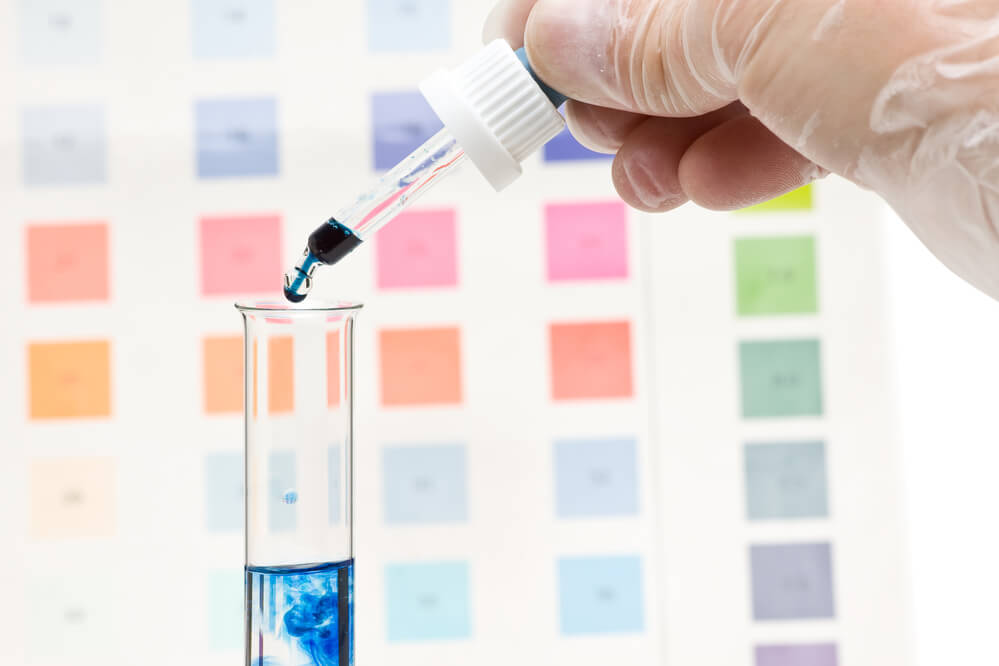
We have a full guide (in the link below) to help you test not only your aquarium pH but also other important factors.
Many of the test kits available test more than simply the pH value.
5. How often do you need to check the pH?
Before introducing your fish into the tank, check the pH. Compare it to the water the fish are arriving in. Make sure they are within 0.2 range.
Initially, it would be good to test daily to make sure everything is settling correctly.
It also gives you a baseline for your fish. A baseline tells you the pH range that your fish are happy with. This also goes for adding more fish. Check the water they arrive in.
Once your fish are settled, then it is recommended to test every two weeks.
This helps build more information on the range that is keeping your fish happy.
Get in the habit of doing this regularly and write down the information. It’s best to keep a log book to record the daily numbers. This gives you a trend that tells you if your tank has an issue.
Keep in mind some fish are adaptable so the pH level might not be true to a standard. If they are happy, then don’t worry about it.
Listen to your fish! If you see any alteration in their behavior, check the level.
If any of your fish get ill or die, check the pH level to make sure that wasn’t the cause.
If you are treating your tank with medication, it is important to check the pH level when you start treatment, on the final day of treatment and follow up after a week.
It is a good habit to get into to check your pH level whenever you introduce anything new to your tank. Wait a few hours and then check to make sure what you have added hasn’t disturbed the balance.
- Keep your test results in a log book.
- Monitor the numbers for consistency.
- pH level changes – slowly change your water.
The tank water and the water source have different pH levels. If you are sure about the pH level of the water source (maybe the tap water) then you can adjust the pH of your fish tank just by removing some water in your tank and then add some new water.
Note:
It is important to pick a time of day that you are going to test and do it consistently.
Because the pH level changes during the day:
- pH is usually higher during the day and lower at night.
- It can change when things are added. New fish or new plants can affect the balance.
- It can change when you add water or remove water.
It can change when you add anything to the tank. That sounds complicated, right?
It’s not really. It is important to understand that little changes are normal. It’s the size of any change that can be an issue.
It is also good to listen to your fish. If they are unhappy with the water, they will tell you. Their behavior will indicate they have a problem.
6. What if the pH is not compatible with your pet fish?
You’ve checked the water in your tank and it’s not the numbers published as standards.
You think you need to do something right that moment.
STOP!
Any sudden changes even to what you think is a better level could hurt your fish.
Your pet fish can adapt. Listen to them. Watch their behavior.
The tank is like a living thing and can settle to different pH levels that your fish are happy with.
Option 1 – Leave your tank the way it is!
As long as your fish are happy and not showing any pH level stress, leave your tank alone. They have adapted to a different level.
It is better to adjust or acclimate your fish to the pH of your tank then to change things to fit an official number.
Option 2 – Making a Change
But if you want to alter your tank to the official pH levels for your fish, do it slowly.
Any rapid change can hurt your fish. A rapid change is measured by 0.2 within 24 hours.
- Check the pH level of where you are getting your water.
- Make sure it is close to the current level of your tank.
- Check the kH level as it can affect the pH change.
- Make partial water changes slowly.
- Vacuum your gravel and change your filter.
7. What are the signs of pH distress in fish?
pH shock can show in different ways:
- Your fish might start swimming rapidly.
- Some can try and jump out of the tank.
- Some will swim on the surface.
- Some may become poor in color. Some could have skin deterioration.
- Their behavior will not be normal.
They will tell you – they have a problem. How serious the problem is will depend on the size of the pH imbalance.
8. What factors can affect pH value?
There are a variety of factors that can affect the pH level or value of your fish tank. That’s one of the reasons the general rule is, if your fish are happy, don’t make any changes.
But what are some of the factors?
a/ Water hardness & pH levels-the main factor
Water hardness is the mineral levels in the water of your tank.
Soft water has low mineral content. Hard water has higher mineral content. Rainwater is usually soft as it has very little minerals. Tap and well water usually has a calcium content which makes it harder.
It’s weird to think of water hardness. But it is very important. It has a close relationship to the pH level.
The hardness of the water directly affects the pH level and the health of your fish.
Hardwater usually has a higher pH. Soft water usually has a lower pH. The correct level of hardness or softness of the water depends on what kind of fish you have.
See also:
Basic Killer Tips on Aquarium Water General Hardness.
b/ Other factors
Water hardness is the main factor that directly affects the pH of your tank. But that’s not the only thing that can affect your fish tank.
There are many other factors you need to watch when monitoring the pH.
For example, factors below can lower the pH:
- Decrease aeration
- Using driftwood
- Adding CO2
- Increase nitrate
- Increase pollutants and waste in the water
- Using a water purifier
- Overstocking your aquarium
Conclusion
Regular testing of your tank for pH levels is the key to creating a happy home for your pet fish.
The actual number or value of the pH level is not as important as the consistency of the number.
Any rapid or large change can hurt them. But listen to your fish. Do not overreact. If they are happy and behaving normally, leave them alone. Make sure you note the level in your logbook as it is potentially the new normal. Testing regularly allows you to keep an eye on their home.
If you have any questions about the pH of your tank , you can also leave a comments in the box below. I’d love to hear your question!

